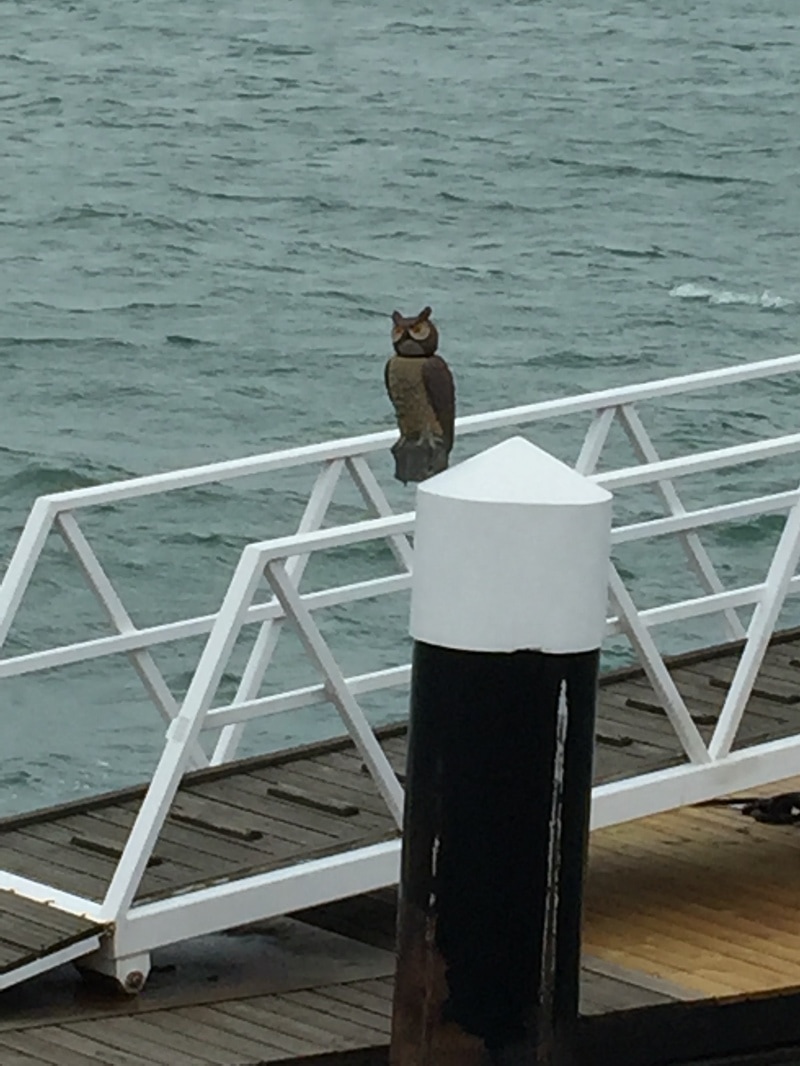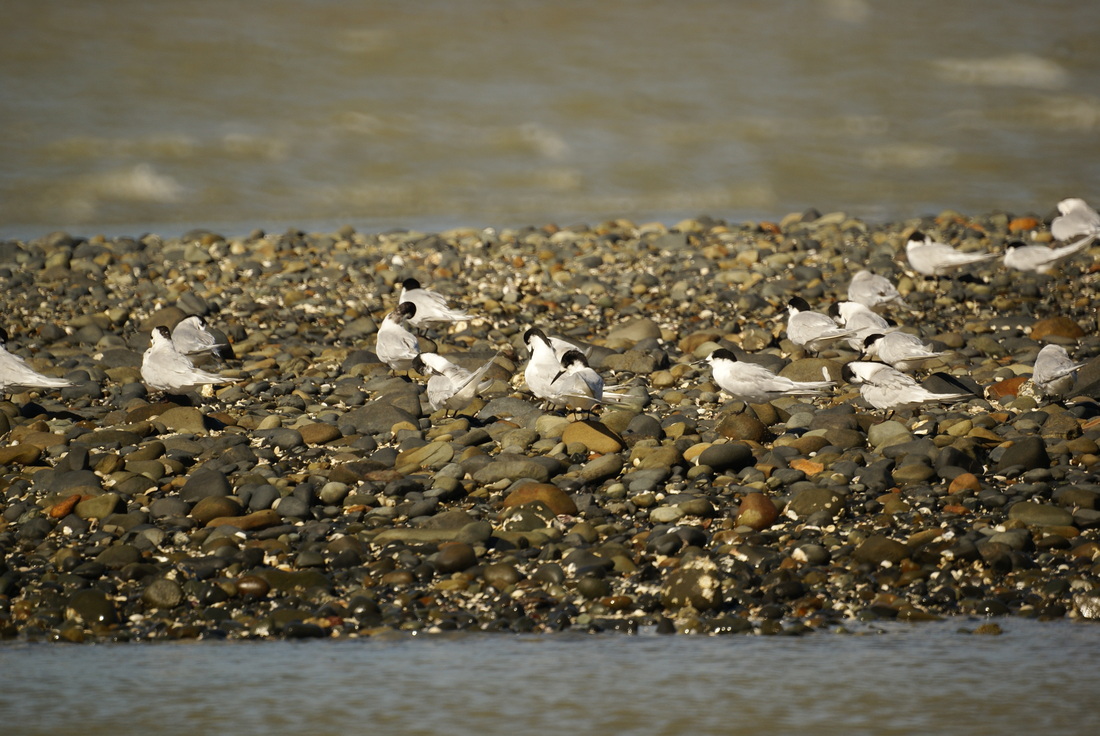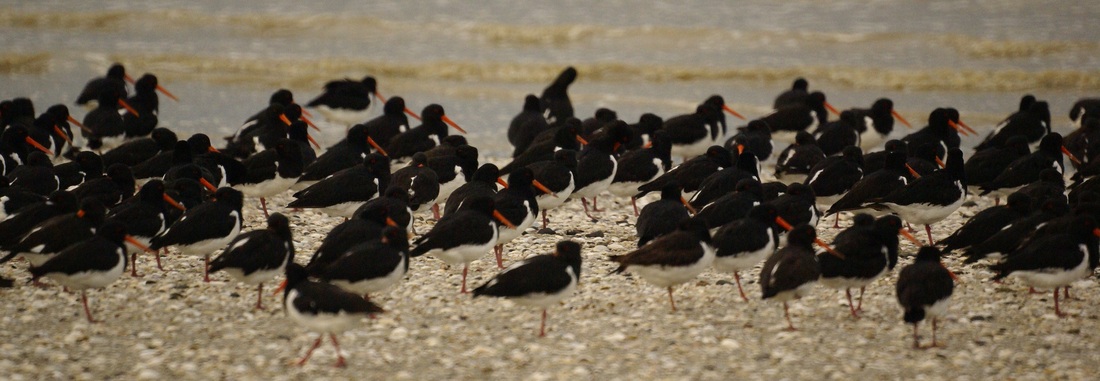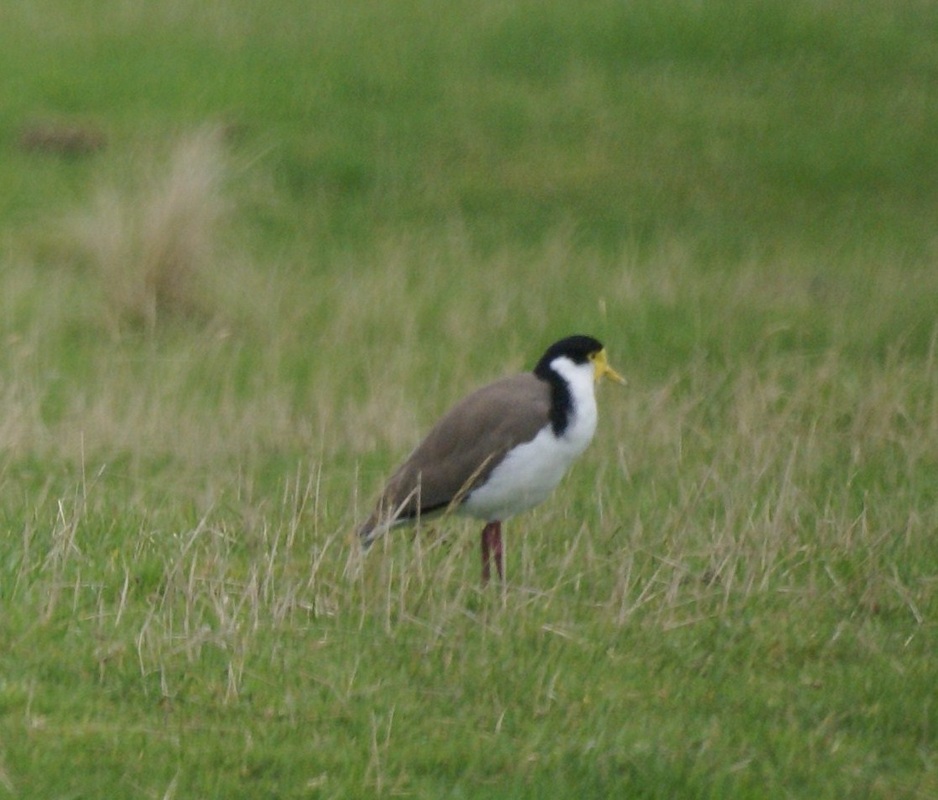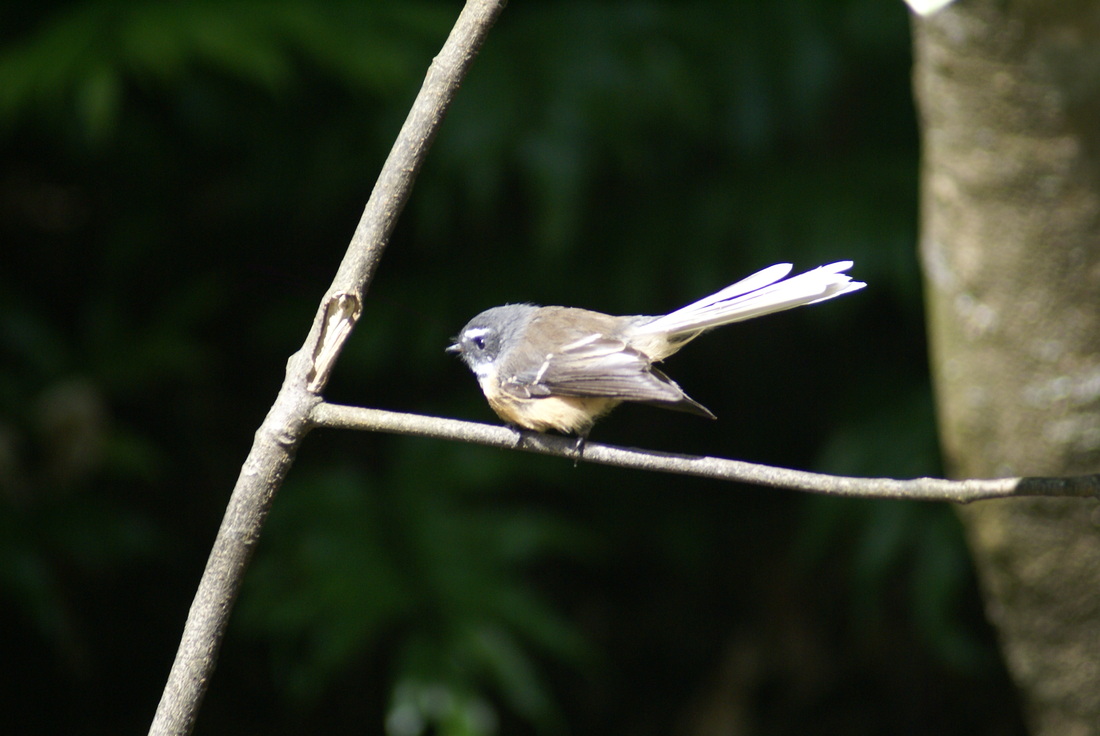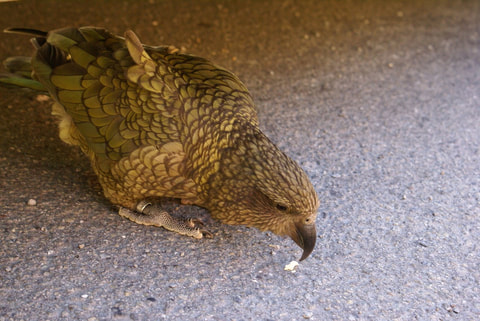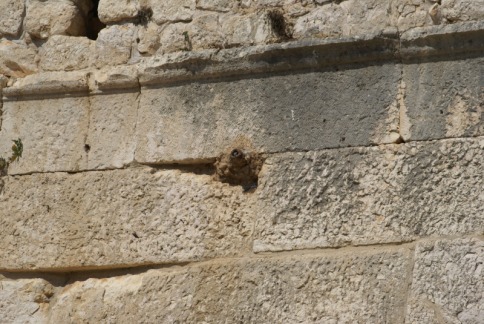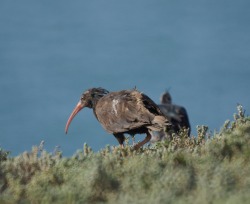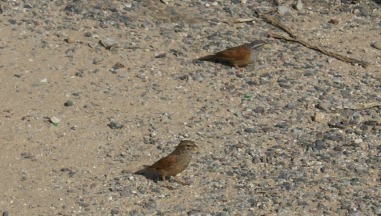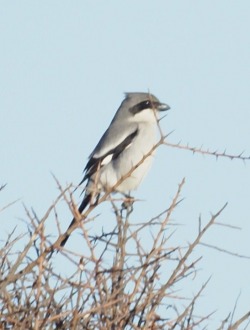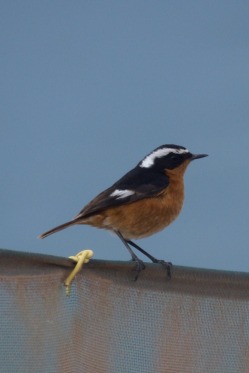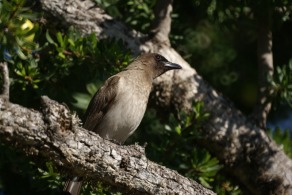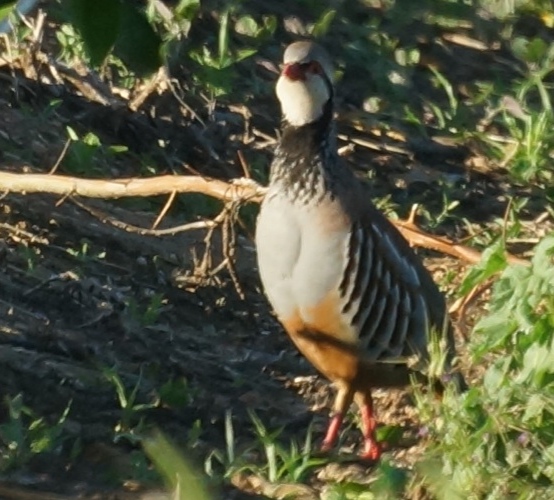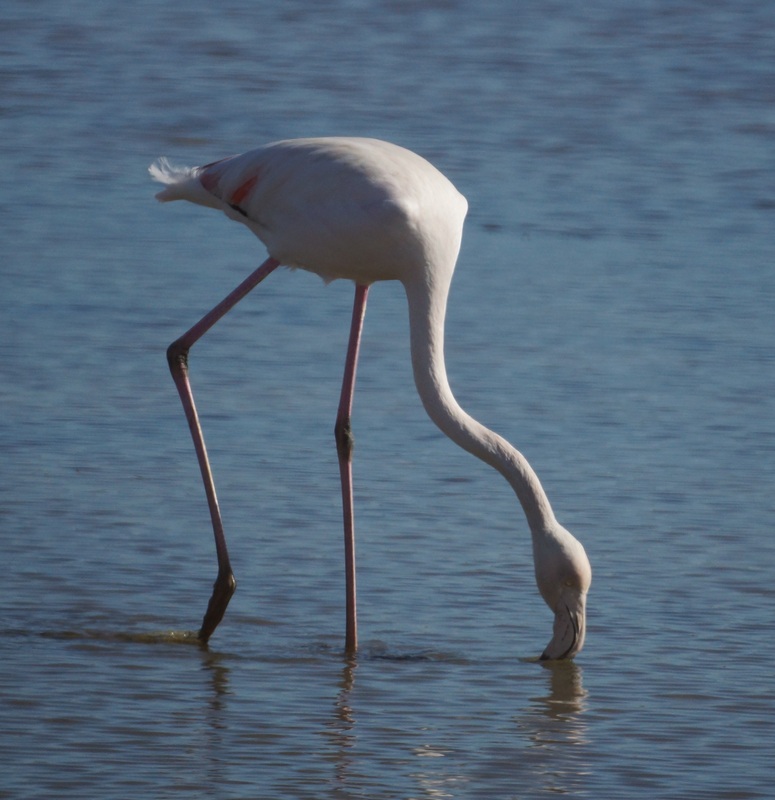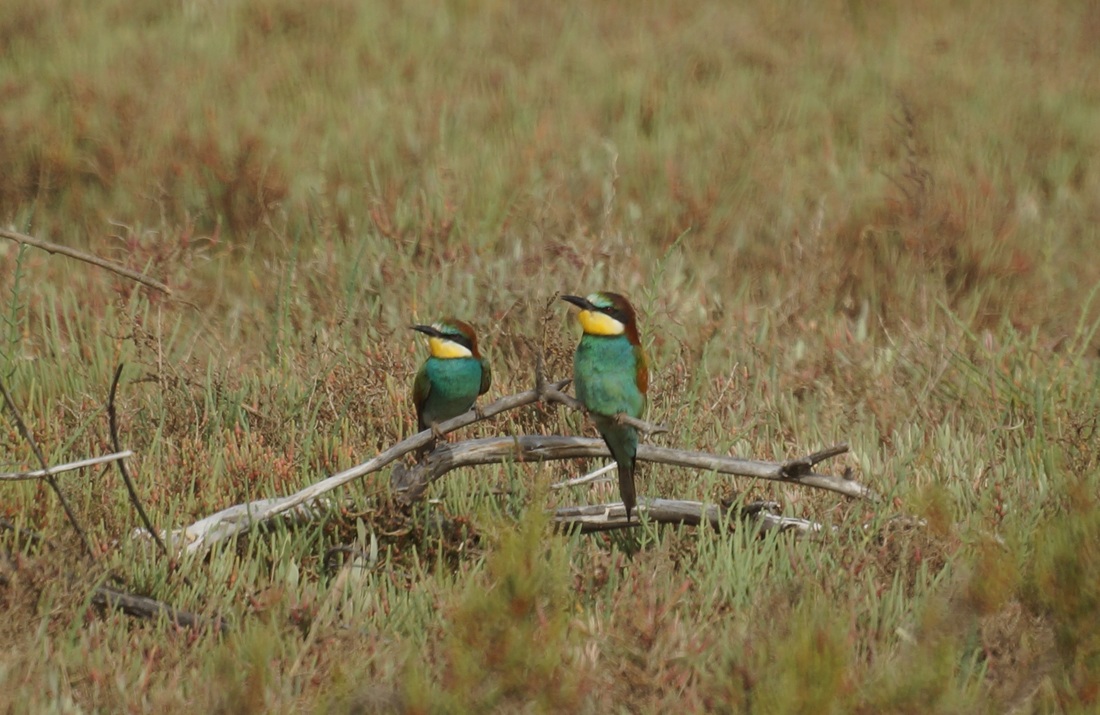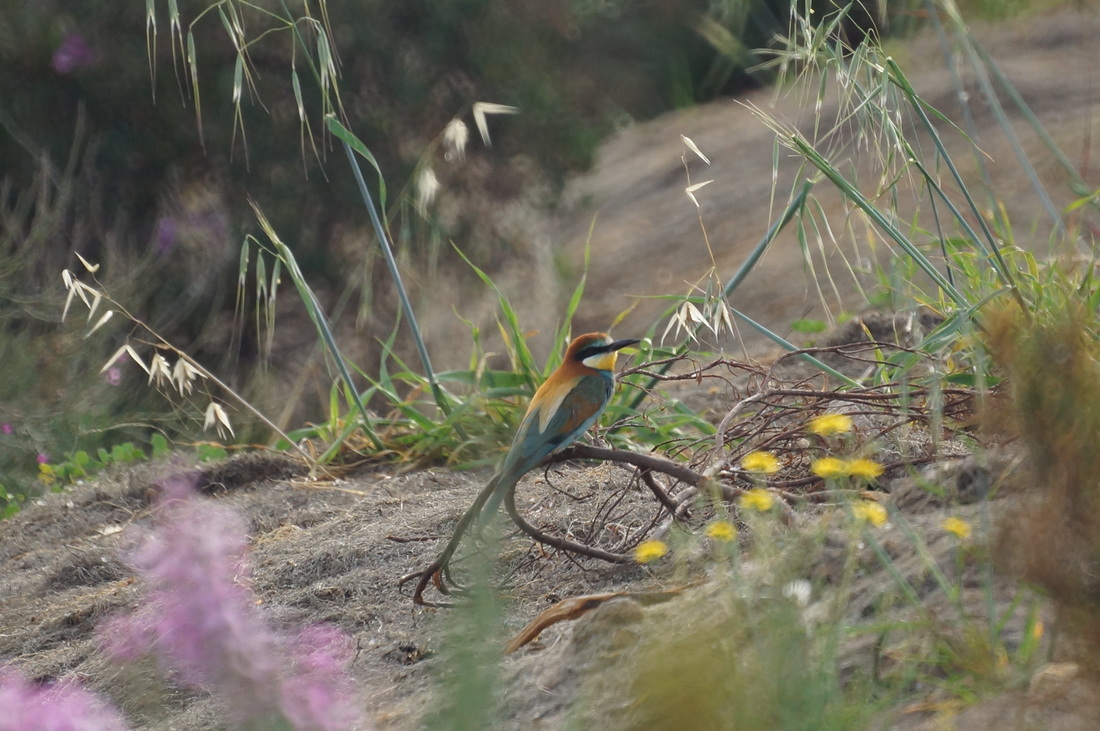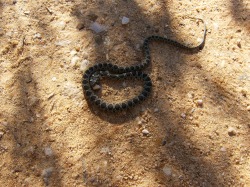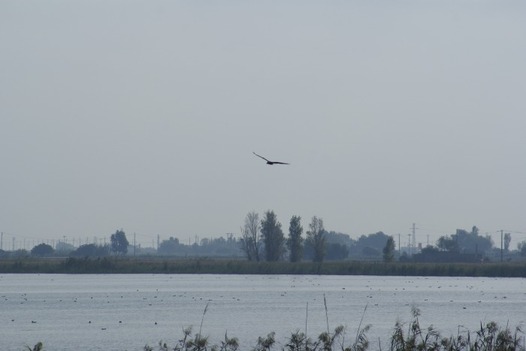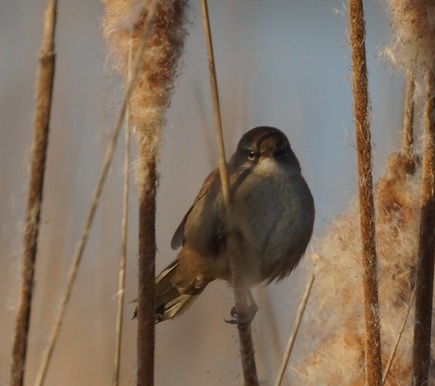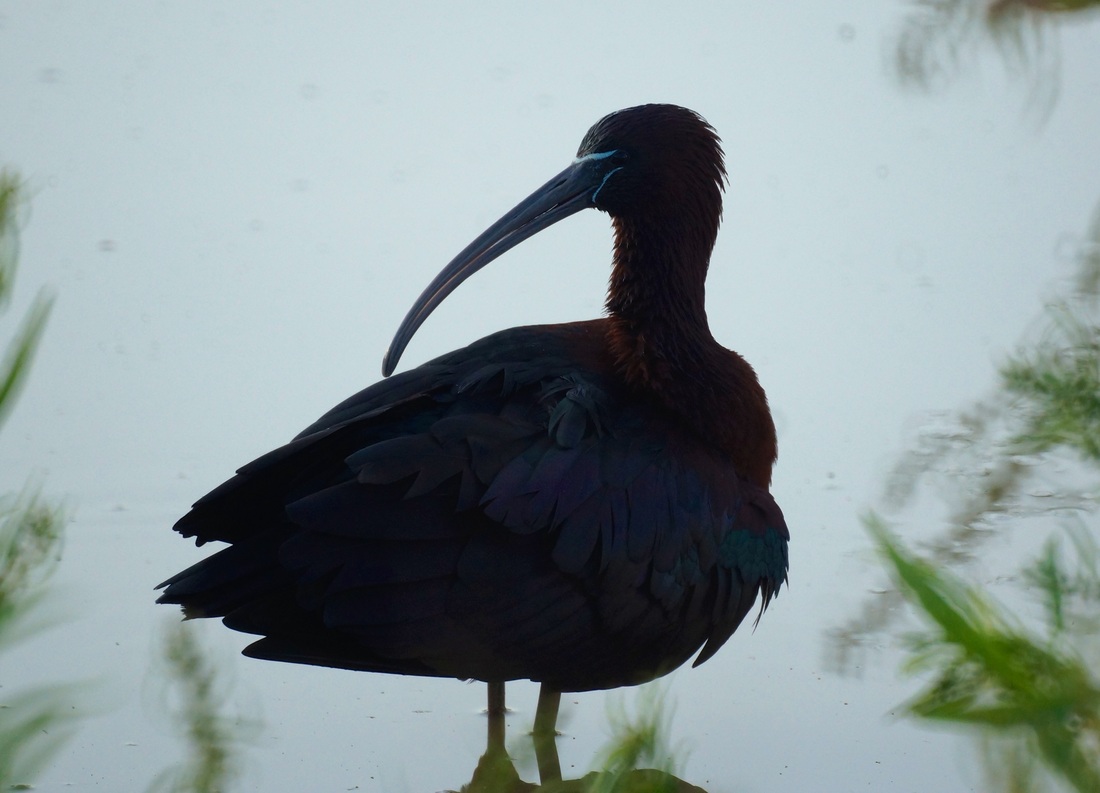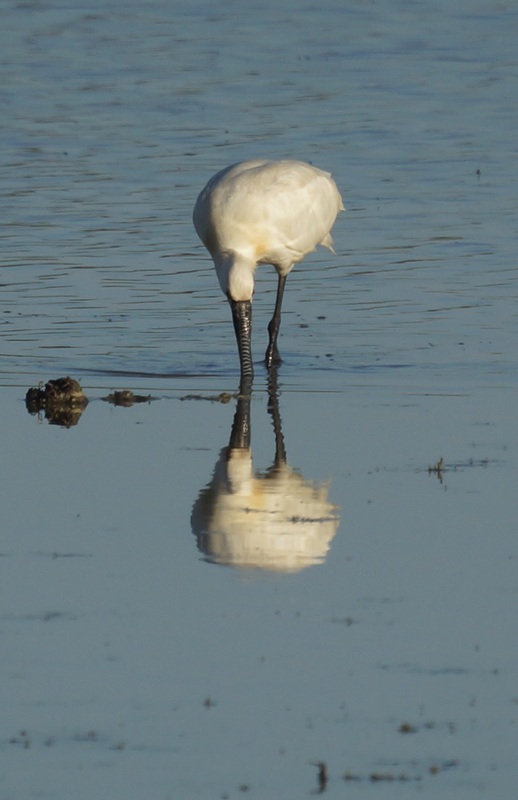Things aren't always what you think
Black Tailed Godwit
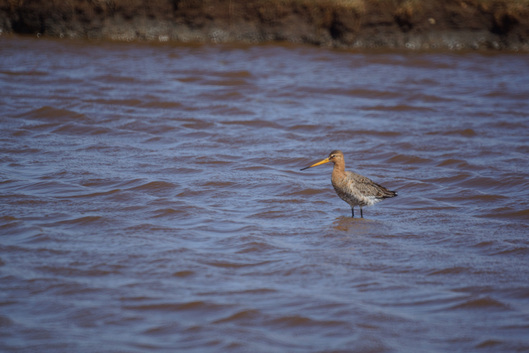
New Zealand
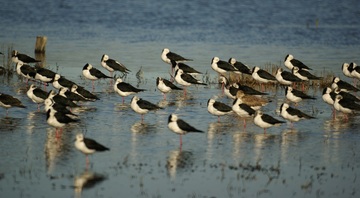
Turkey
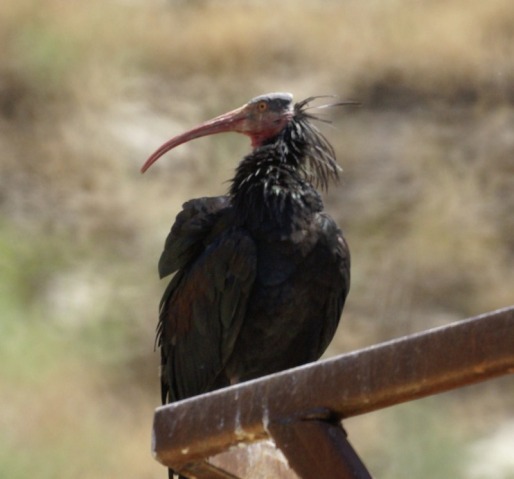
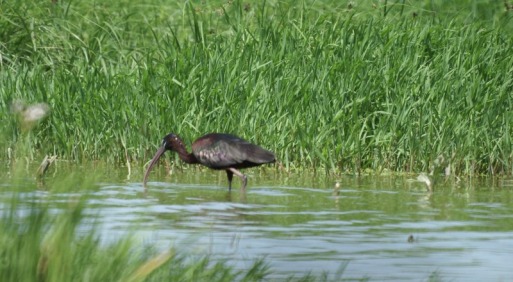
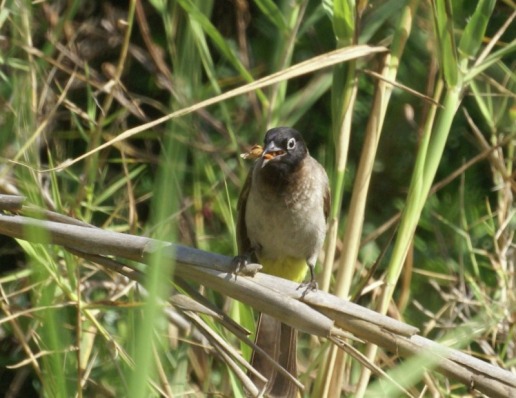
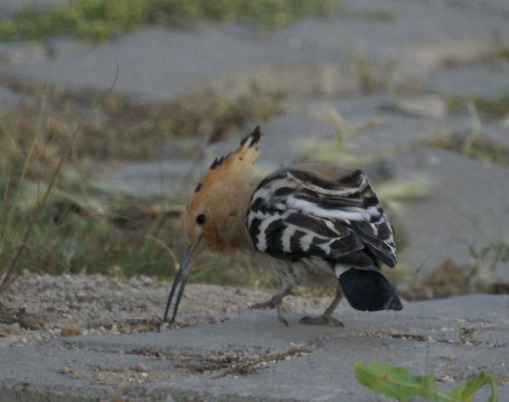
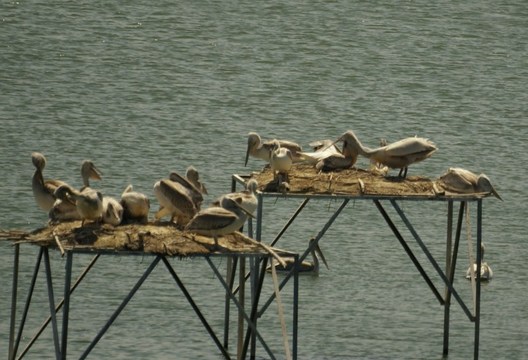
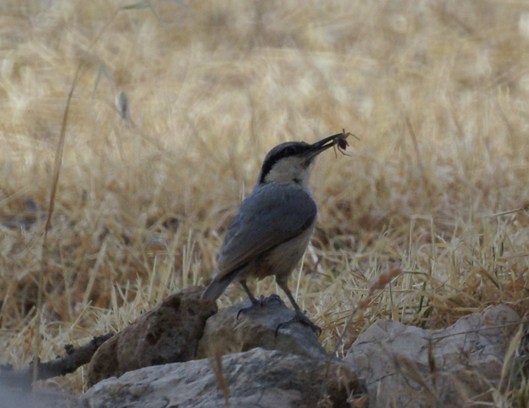
Morocco
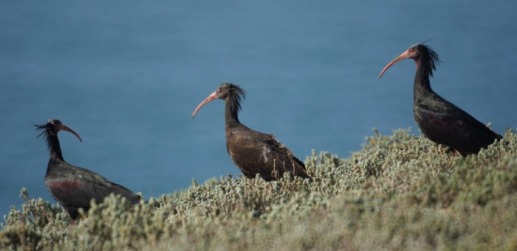
Tavira,Portugal
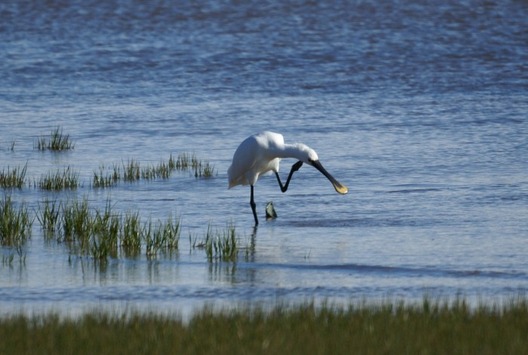
Kestrel
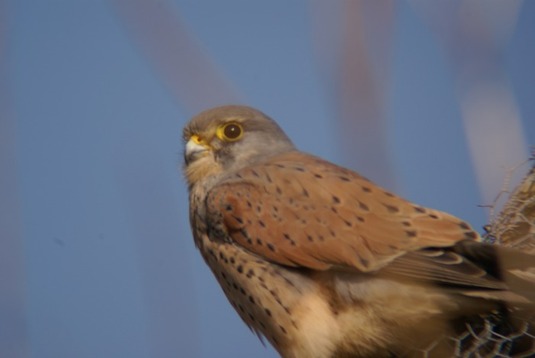
Goldfinches
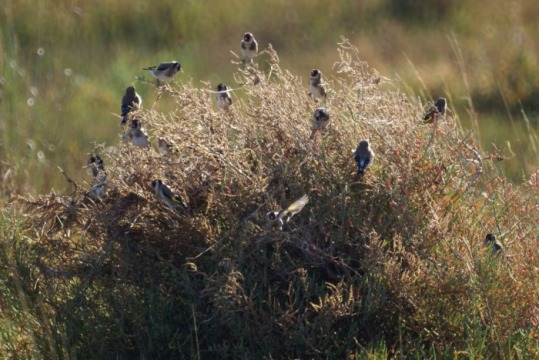
Common waxbills
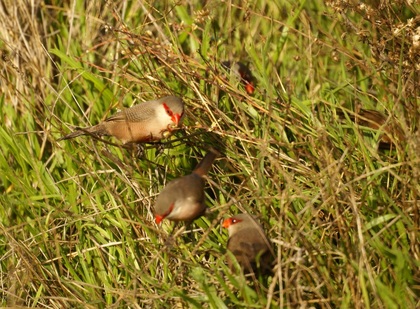
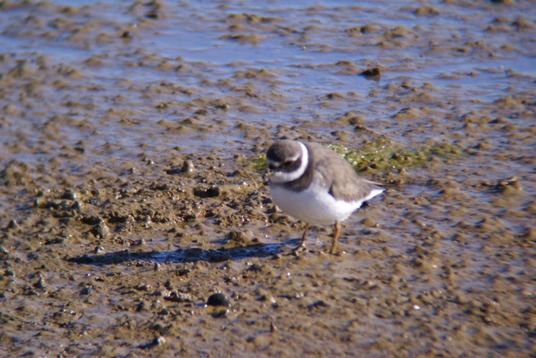
This ringed plover is not in itself an unusual bird but this was one of the first pictures taken by fixing the camera to the spotting scope. The bird was in one of the tidal pools at Rio Formosa Reserve in Portugal.
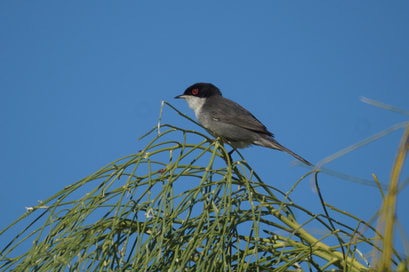
Whimbrel
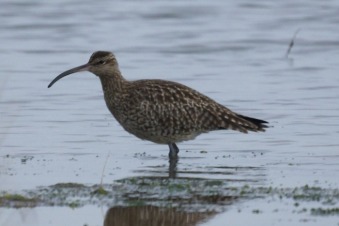
Bee eater
Stonechat
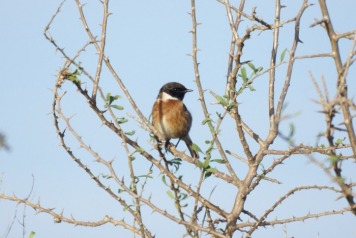
Alvor, Portugal
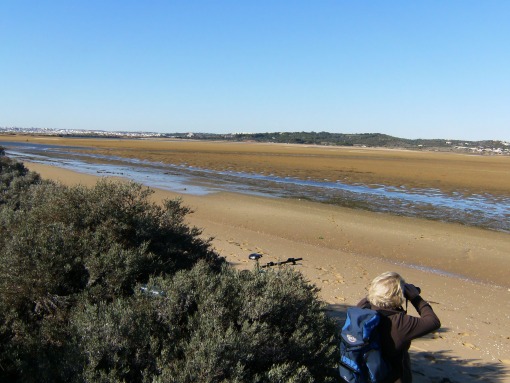
Alvor is a delightful little town in the Algarve, not far from Lagos. Clearly very popular with tourists because it is full of restaurants and bars (where we were able to watch European Championship football matches). Alvor had been recommended to us as a good birding spot by a man we met in Salgados - and met again in Alvor.
There are three main birding areas. The first is the tidal estuary which is virtually empty at low tide (except for the numerous cockle-pickers), providing good feeding grounds for the numerous waders. We also saw a couple of spectacular displays by Kingfishers here. The second main area is the dunes, where there are plenty of larks, warblers and bluethroats. The third area is upriver near the dam where we saw spoonbills, flamingos and an osprey.
You could easily spend three days here and when the weather is good - as it was when we were there - it is an excellent place for both birding and leisure. The campsite is within walking distance of town, a bit basic (we were there in the low season so some facilities were closed) but with all the essentials. However, you do have to learn how to take a three-minute shower.
Salgados Lagoon, Portugal
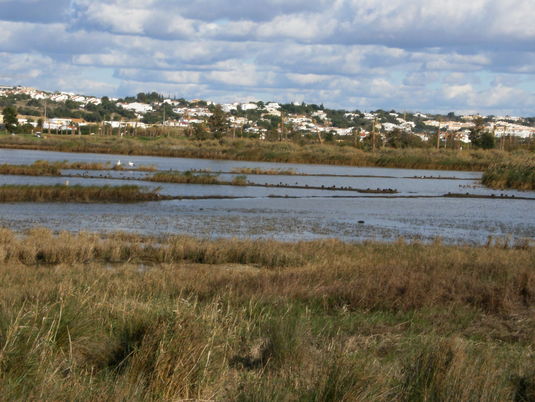
Between Armaceo de Pera and Salgados there is a lagoon that can be a haven for birds. You can reach it from the beach car park at Salgados by taking the raised decking path. Alternatively you can reach it from the beach at Armaceo but you have to watch out for the river breaking through to the sea and barring your way .There seems to be some sort of control of water into the lagoon as we have seen it dry and full without any rain in between and not convinced it is simply a matter of the tide. We have seen lots of water birds, raptors and blue throat here. This lagoon is under threat from development nearby, despite a petition consent to build was given.
|
|
|
Bluethroat
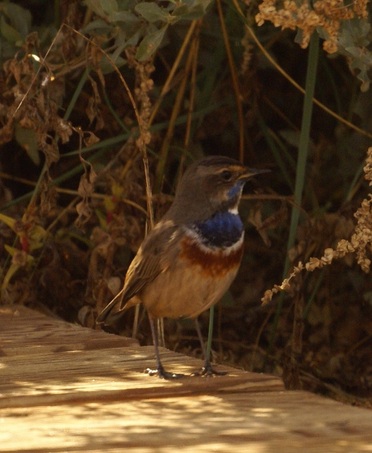
Purple Galinule
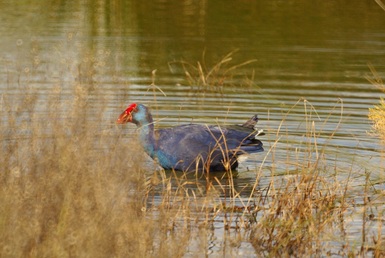
Fan tailed warbler
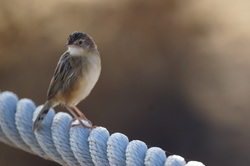
Olhao, Portugal
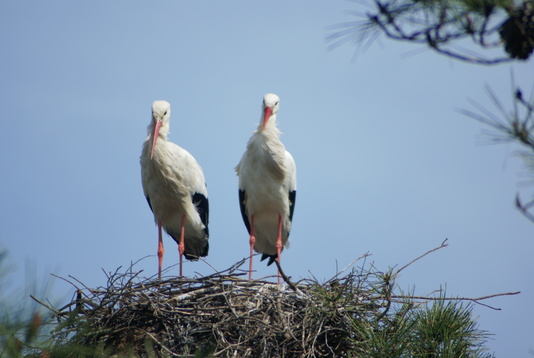
The Rio Formosa Reserva Natural just outside Olhao is excellent for birding. Entry costs three Euros but you get forest, dune, bush and beach settings and birds are plentiful throughout the year. The storks were a particular delight, and there were also lizards and snakes. We saw more than sixty different birds in the reserve. However, the highlight was seen inside the Camping Olhao site. Seeing us with binoculars, some neighbours described a thrush-sized bird with a glossy blue back, a chestnut front, a white collar, a dark head and a yellow eye. We later saw this bird several times but could not find it in our bird book, or on the internet. It was only when we got back to the UK and looked in our Africa book that we were able to identify the Superb Starling.
We stayed at Camping Olhao - another large site, and very popular with over-wintering refugees from all over europe. Excellent facilities, including a bar with football coverage where we saw Liverpool defeat Porto. This went down well with all of the customers but not so well with the staff. The site is within easy walking distance of the reserve.
Snipe
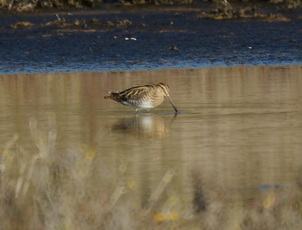

______________________________________
Ebro Delta, Spain
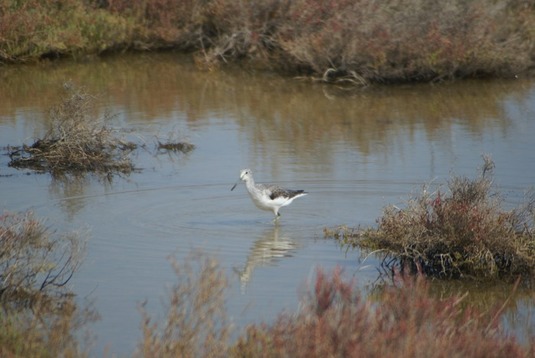
We spent a couple of days at Camping L’Aube in Ruimar on the Ebro delta. This is an excellent base for bird watching.
Some interesting countryside en route – the Ebro delta is a major rice-growing area, criss-crossed with irrigation canals, and there was a lot of harvesting going on – huge combines with tracked drive on the front because they are arse-deep in water. And more Grey Herons and Little Egrets than you could shake a stick at in the harvested fields waiting to catch the frogs in the water.
One day went out on our bikes with the scope and at the hides near the campsite we saw cormorants, grey heron, marsh harrier (more here than we have ever seen anywhere), stonechat, coots, reed warbler, little egret, aquatic warbler, kingfisher, sooty tern, swamp hen and redstart. Another day we decided to go further afield towards Poble Nou. We left a lot of gear in the tent at the site and took the van to various spots around the delta and had an excellent day: all the birds of yesterday plus a squacco heron only a few yards away, great crested grebe, wren, pied flycatcher, little grebe, red-crested pochard, bluethroat, whimbrel, great egret, avocet, ringed and little plovers, cattle egret, mallard and common tern. Watching was greatly assisted by several large platforms (one with a roof to protect you from the sun, and seats) which provided excellent views.
This delta area is only 26km wide so a manageable area for a bird watching break.
Donana, Spain
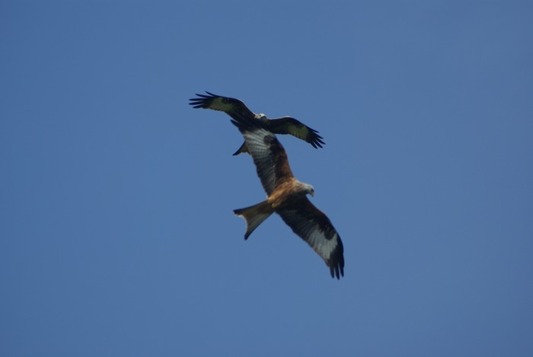
The National Park of Donana is in the Huelva province of Spain and a great birdwatching destination. You can make your own way around the area, or you can get a place on a bus for a guided tour or you can do what we have done which is to take your own guided tour with a personal guide. We recommend DonanaBirdTours.com as we had a marvellous day bird watching in October 2008. We were able to see a wide range of raptors including red kites (pictured) and black shouldered kites, on our one day we saw about 50 different species.
There are some charming little towns in the area which merit a visit too. El Rocio and Almonte to name but two of them. If you get to El Rocio visit the over decorated church and the Madonna there which attracts tens of thousands of worshippers in the spring of each year, also have fun driving across the unmade roads that make you think you are walking through the set for a spaghetti western.
